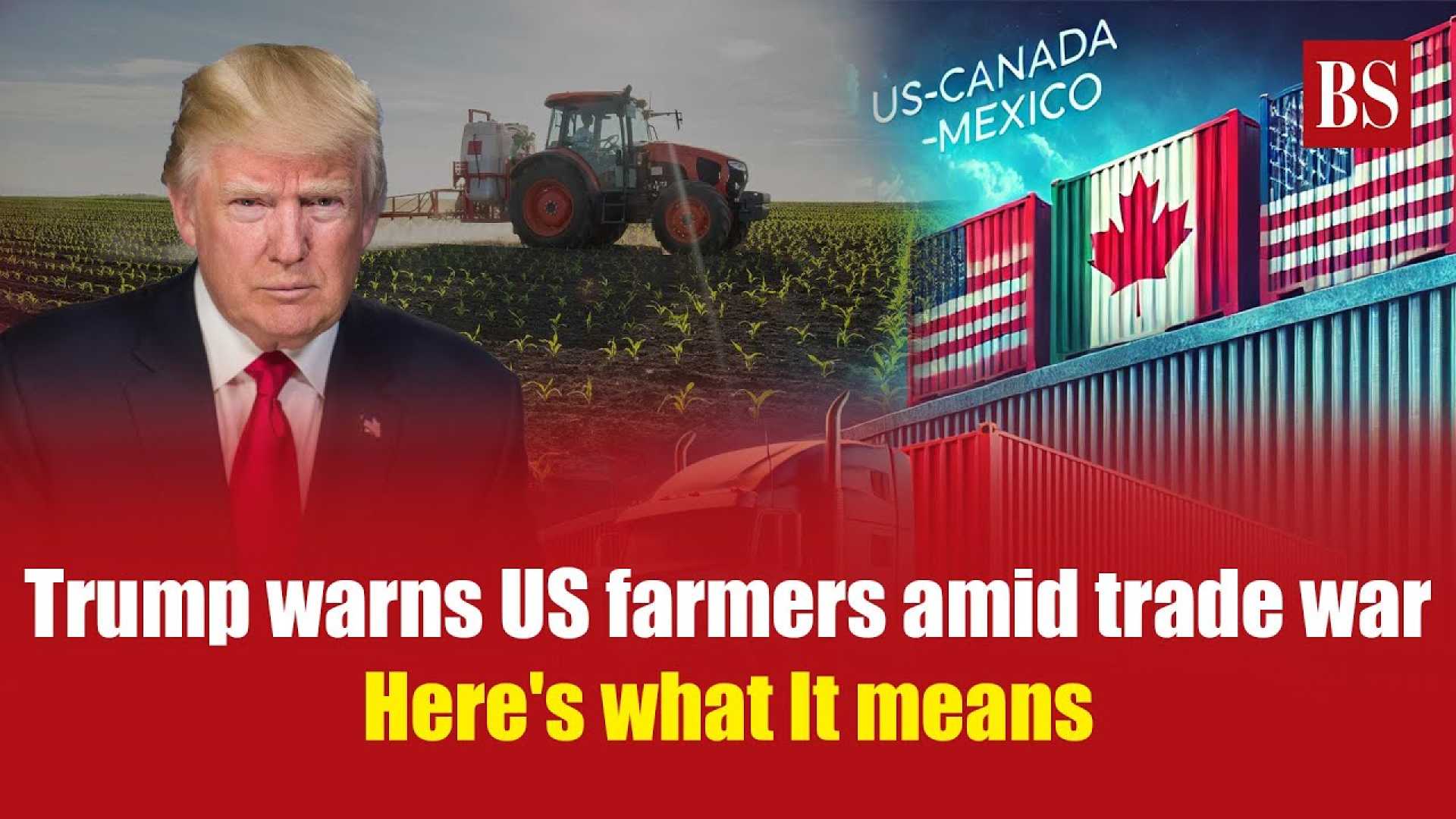Business
Trump Considers New Aid for Farmers Amid Trade War Escalation

WASHINGTON — As President Donald Trump prepares to roll out sweeping tariffs worldwide this week, his administration is considering emergency relief for farmers who may be adversely affected by international trade reprisals.
The discussions signal a recognition that Trump’s proposed tariffs could lead to significant financial challenges within the U.S. agricultural sector, a vital constituency for the president during his re-election campaign. Trump has not yet revealed specifics of an aid package, but aides indicate he may employ strategies similar to his first term, where billions of dollars were distributed to farmers struggling due to a trade conflict with China.
The previous rounds of aid cost approximately $23 billion, funded through the U.S. Department of Agriculture’s (USDA) resources, specifically earmarked for emergencies like trade disputes. Agriculture Secretary Brooke Rollins stated in recent remarks that the administration is exploring options to alleviate possible economic shocks. She noted that Trump requested that “some programs in place that would potentially mitigate any economic catastrophes that could happen” amid the expected trade tensions.
This time, however, the financial implications may be more extensive, as Trump has signaled intentions to target numerous nations, including allies such as Canada, Mexico, Japan, and countries in Europe. “That could really lead to big demands in terms of trying to help farmers,” said Joseph Glauber, a senior research fellow at the International Food Policy Research Institute and former USDA chief economist.
Sources familiar with internal discussions report that administration officials are engaging with industry lobbying groups and Republican representatives about potential farmer bailouts. Some strategies may necessitate legislative action, and the talks remain in preliminary stages as Trump’s tariff plans are still being finalized.
Such a federal bailout could contradict Trump’s principle of protectionism, which aimed to generate revenue through tariffs. Trump and supporters argue that the tariffs will help fund upcoming tax cut proposals, potentially costing trillions. “In addition to consumers being impacted by tariffs, now you have taxpayers who are going to be on the hook,” said Alex Durante, an economist at the Tax Foundation.
While the White House has not commented on the potential aid, an anonymous official indicated that discussions are still evolving. Economists highlight that tariffs might lead to increased prices for consumers, and consumer confidence has already dropped to its lowest level since January 2021, according to The Conference Board.
Farmers, in particular, could be severely impacted. China has retaliated against U.S. tariffs with its own levies on goods such as chicken and corn. The European Union is likewise preparing to target American agricultural products if the tariffs proceed. These measures leave domestic producers fearing that Trump’s tariffs may depress commodity prices, making U.S. products less attractive to foreign customers.
“We’re concerned about the economics of where we’re at today,” said Kenneth Hartman Jr., president of the National Corn Growers Association and an Illinois farmer. Once Trump’s tariffs are enacted, Hartman hopes to see new market opportunities arise. However, he worries about the risks of long-term trade disputes leading to lost market share to foreign competitors.
The economic fallout from Trump’s previous tariffs, initiated in 2018, has already cost the agricultural sector an estimated $27 billion in export value, largely due to tariffs imposed by China. The previous trade war reshaped several market relationships permanently, putting U.S. producers in a precarious position.
The administration may provide assistance through USDA’s Commodity Credit Corporation, which helps stabilize agricultural income and prices, allowing potential borrowing up to $30 billion when needed.












